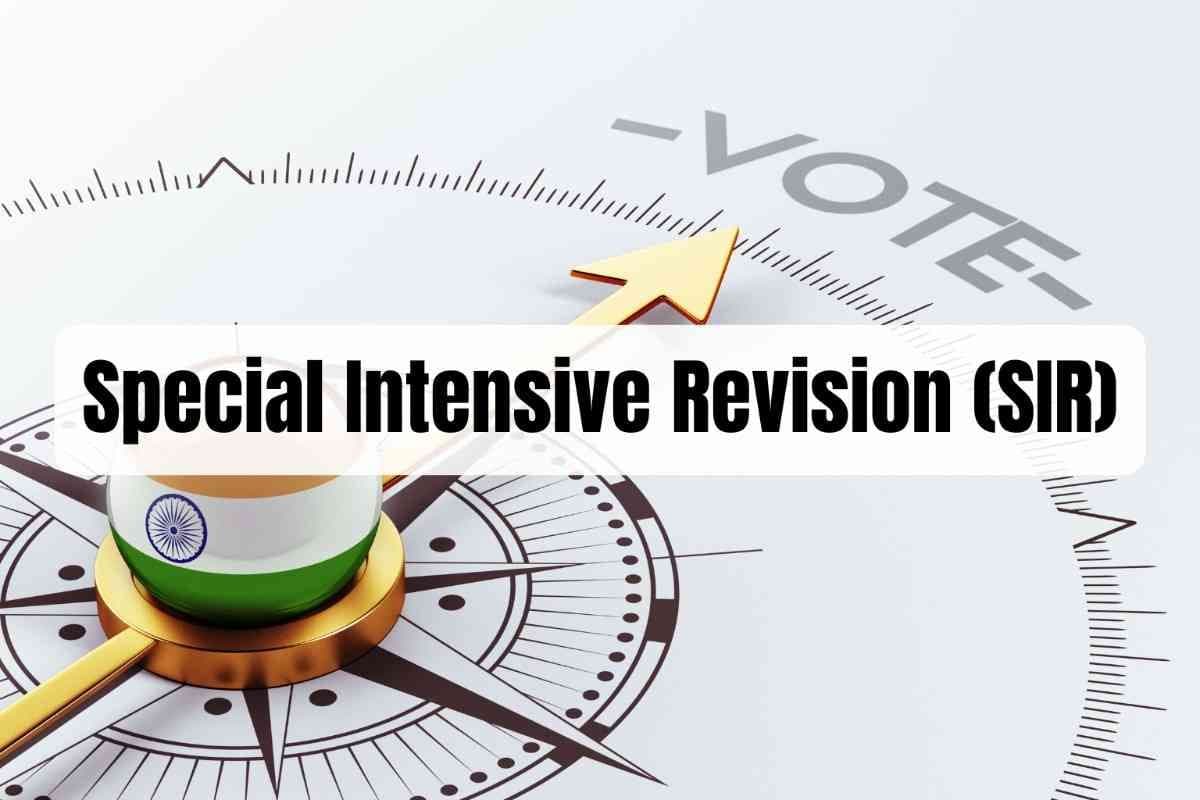All you need to know about Shimla agreement
May, 2025
•4 min read
Introduction
"Peace is not the absence of conflict, it is the ability to handle conflict by peaceful means."
~ Ronald Reagan
The Shimla Agreement, signed in 1972, is one of the most critical diplomatic milestones in India–Pakistan relations. Conceived in the aftermath of the 1971 war, it aimed to usher in an era of bilateral engagement and peaceful coexistence.
But over five decades later, and especially after recurring cross-border violence and recent incidents like the Pahalgam terror attack, the question remains—is the agreement still relevant?
Let’s explore the Shimla Agreement across multiple dimensions: historical context, key features, achievements, limitations, and the way forward.
Historical Context: From Battlefield to Negotiation Table
The 1971 War
- India’s decisive victory in the Indo-Pak war of 1971 not only led to the creation of Bangladesh but also the surrender of over 90,000 Pakistani soldiers.
Diplomatic Necessity
- With South Asia on edge, a diplomatic framework was necessary to prevent future wars, restore diplomatic relations, and promote regional stability.
The Shimla Agreement: Core Provisions
Signed on 2 July 1972 by Prime Minister Indira Gandhi and President Zulfikar Ali Bhutto, the agreement laid out these key commitments:
- Bilateralism: All disputes, including Kashmir, to be resolved through direct bilateral talks, not international mediation.
- Respect for LoC: Ceasefire line in J&K to be respected; no attempts to alter it unilaterally.

- Non-aggression & Sovereignty: Mutual commitment to non-intervention in each other’s internal matters.
- Repatriation of POWs: India agreed to release the Pakistani prisoners of war.
- Normalisation of ties: A step-by-step restoration of diplomatic, economic, and cultural relations.
Multiple Choice Questions
QUESTION 1
Easy
Which of the following was a key provision of the Shimla Agreement signed in 1972?
Select an option to attempt
QUESTION 2
Medium
According to the Shimla Agreement, what was India and Pakistan's mutual understanding regarding the Line of Control (LoC)?
Select an option to attempt
What The Shimla Agreement Did Right?
- Institutionalized Bilateralism: It created a diplomatic tradition of resolving conflicts directly, without third-party intervention—a major win for India’s foreign policy.
- Post-War Stability: It prevented any major military escalation immediately after the 1971 war.
- Enhanced India’s Global Standing: India's decision to return territory and prisoners, despite its advantage, projected moral leadership and strategic restraint.
- Platform for Future Talks: It laid the groundwork for later summits, such as the Lahore Declaration (1999) and Agra Summit (2001).
Limitations & Criticisms
- Vague Language: Terms like "final settlement" and "normalisation" were never clearly defined.
- No Mechanism for Enforcement: The agreement lacked monitoring tools, making violations inconsequential.
- Ignored Terrorism: The rise of non-state actors and cross-border terrorism was not anticipated or addressed in the agreement.
- Pakistan’s Inconsistent Adherence: Despite signing it, Pakistan has frequently raised Kashmir in international forums—violating the spirit of bilateralism.
Multiple Choice Questions
QUESTION 1
Easy
Which of the following is considered a major positive outcome of the Shimla Agreement?
Select an option to attempt
Relevance After the Pahalgam Terror Attack
The recent Pahalgam terror attack, allegedly involving cross-border infiltration, brings into question whether the Shimla Agreement can still serve as a meaningful peace framework.
Key Concerns:
- Repeated LoC Violations undermine mutual trust.
- Terror-based conflict wasn't covered under the 1972 framework.
- Lack of deterrents means there's little consequence for breaking the agreement.
The attack reflects a broader trend where intentions on paper don’t match actions on the ground. Thus, the question arises: is the agreement still effective?
Is It Still Effective?
While bilateralism remains central to India’s diplomatic position, the Shimla Agreement in its original form appears outdated. Its inability to evolve with modern conflict dynamics—like proxy warfare and terrorism—limits its practical utility.
However, the core idea of peaceful bilateral resolution is still a valuable diplomatic principle.
What India Can Do Now?
To revitalise the agreement’s relevance, India must move from symbolism to substance. Here’s how:
- Update the Shimla principles to include:
- Counterterrorism protocols
- Cybersecurity cooperation
- Clear accountability clauses
- Conditional engagement:
- Engage in talks only after verifiable actions from Pakistan—such as dismantling terror camps.
- Strengthen Domestic Security
- Invest in border management, real time surveillance, and civil-military intelligence sharing.
- International diplomacy
- Use multilateral platforms to expose Pakistan's duplicity, while holding firm on bilateralism.
Way Forward: Peace, But With Purpose
The Shimla Agreement should evolve into a living document—one that grows with the times. India’s focus must shift to:
- Building trust through strategic patience
- Creating enforceable protocols for peace
- Deepening economic, cultural, and humanitarian ties
Only then can India move from a reactive stance to a proactive and principled peace strategy.
Mains Practice Questions
Mains Practice Questions Q 1. “Critically evaluate the relevance of the Shimla Agreement in the present context.” [10 M] |
Conclusion
The Shimla Agreement was a landmark attempt at post-war reconciliation between two nuclear-armed neighbors. While it succeeded in promoting short-term peace and bilateralism, its failure to anticipate future threats like terrorism limits its long-term relevance.
India must now honor the spirit of the agreement, but not be bound by its outdated structure. A strategic, enforceable, and security-aware version of the Shimla framework is the need of the hour.
Related Blogs
![Vijay Diwas 2025: Why 16 December is Celebrated [UPSC Current Affairs]](/_next/image?url=https%3A%2F%2Fblog-media.superkalam.com%2FVijay_Diwas_2631842d69.jpeg&w=3840&q=75)
Vijay Diwas 2025: Why 16 December is Celebrated [UPSC Current Affairs]
Dec, 2025
•6 min read

Special Intensive Revision (SIR) of Electoral Rolls: Definition, Objectives, Significance, & Challenges
Dec, 2025
•4 min read

UNICEF Day 2025: 79 Years of Global Commitment to Child Rights & Protection
Dec, 2025
•4 min read